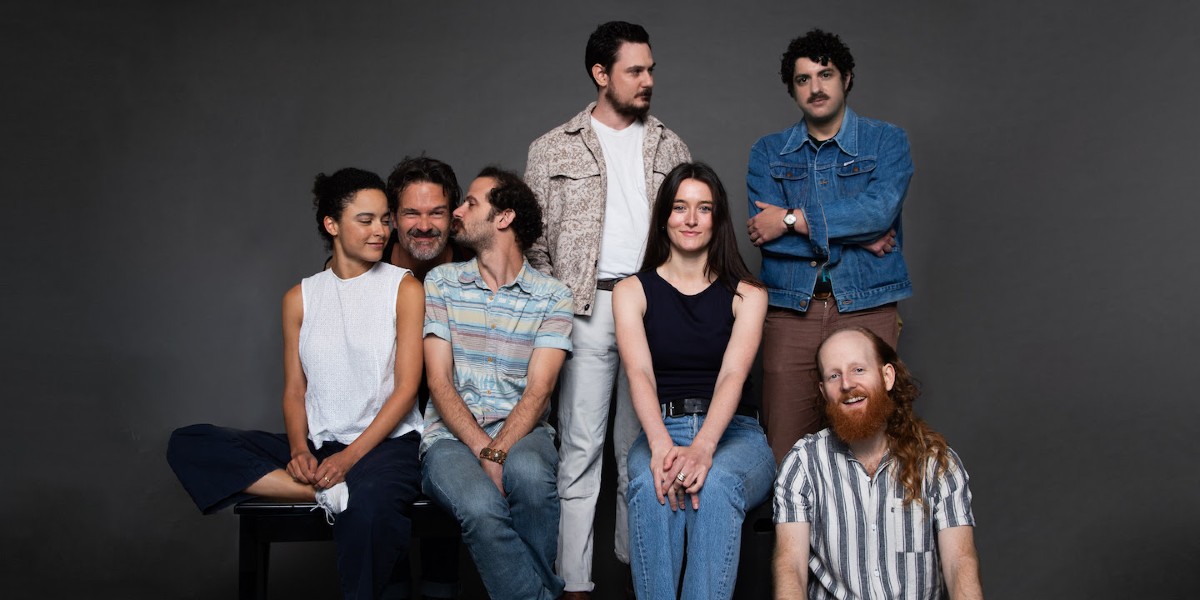Historical Evolution of Stereophonic Broadway

Stereophonic broadway – The advent of stereophonic sound in Broadway theaters marked a significant milestone in the evolution of the Broadway experience. This immersive audio technology transformed the way audiences perceived and engaged with live performances, paving the way for more dynamic and captivating productions.
The origins of stereophonic sound in Broadway can be traced back to the early 20th century, with the development of binaural recording techniques. These techniques aimed to recreate the natural spatial cues of sound, allowing listeners to experience a sense of direction and depth. However, it wasn’t until the 1950s that stereophonic sound systems became widely adopted in Broadway theaters.
Impact on Audience Experience
The introduction of stereophonic sound had a profound impact on the audience experience. For the first time, audiences could hear the full range of the orchestra, with individual instruments and voices清晰可辨. This enhanced clarity and depth created a more immersive and engaging atmosphere, drawing audiences deeper into the world of the performance.
Notable Broadway Shows, Stereophonic broadway
Several notable Broadway shows have utilized stereophonic sound to great effect. Some of the most iconic examples include:
- My Fair Lady (1956): This groundbreaking musical was one of the first Broadway shows to fully embrace stereophonic sound. The lush orchestral arrangements and pristine vocals were perfectly captured, creating an unforgettable auditory experience.
- West Side Story (1957): Another iconic musical that showcased the power of stereophonic sound. The show’s dynamic score and intricate harmonies were brought to life with stunning clarity, enhancing the emotional impact of the performance.
- The Phantom of the Opera (1988): This long-running musical masterpiece utilized a state-of-the-art stereophonic sound system to create a truly immersive experience. The sweeping melodies and haunting vocals filled the theater, transporting audiences to the world of the Phantom.
Technical Aspects of Stereophonic Broadway

Stereophonic sound systems in Broadway theaters employ an array of technical components to deliver an immersive audio experience. These systems utilize multiple speakers strategically placed throughout the theater to create a spatial illusion of sound, enhancing the audience’s connection to the performance.
The principles of sound localization, the ability to perceive the direction from which sound originates, are fundamental to stereophonic sound. By controlling the timing, amplitude, and phase of sound signals sent to different speakers, sound engineers can create the illusion of sound coming from specific locations within the theater.
Challenges and Advancements in Stereophonic Sound Engineering
The design and implementation of stereophonic sound systems for Broadway productions present unique challenges. The large size and complex acoustics of Broadway theaters require careful consideration to ensure even sound distribution and minimize interference.
Advancements in sound engineering technology have significantly enhanced the capabilities of stereophonic sound systems. Digital signal processing, beamforming techniques, and the use of advanced loudspeaker systems have improved sound localization, reduced distortion, and expanded the dynamic range of sound reproduction.
Creative Applications of Stereophonic Broadway

Stereophonic sound has opened up a world of creative possibilities for Broadway shows. By using multiple speakers placed throughout the theater, sound designers can create immersive environments, underscore characters, and convey subtext in ways that were never possible before.
One of the most effective uses of stereophonic sound is to create immersive environments. For example, in the Broadway musical “The Lion King,” the sound designers used a combination of traditional orchestration and ambient sounds to create the illusion of being in the African savanna. The audience could hear the sounds of birds chirping, lions roaring, and elephants trumpeting all around them, which helped to transport them into the show’s setting.
Stereophonic sound can also be used to underscore characters. For example, in the Broadway musical “Wicked,” the sound designers used a different sound mix for each of the two main characters, Elphaba and Glinda. Elphaba’s sound mix was darker and more sinister, while Glinda’s was brighter and more ethereal. This helped to create a distinct sonic identity for each character and to reinforce their different personalities.
Finally, stereophonic sound can be used to convey subtext. For example, in the Broadway musical “Hamilton,” the sound designers used a variety of sound effects to create a sense of tension and suspense. These sound effects included the sound of gunshots, the sound of horses galloping, and the sound of a ticking clock. These sound effects helped to build up the tension in the show and to create a sense of foreboding.
Stereophonic sound is a powerful tool that can be used to enhance the storytelling and emotional impact of Broadway shows. By using multiple speakers placed throughout the theater, sound designers can create immersive environments, underscore characters, and convey subtext in ways that were never possible before.